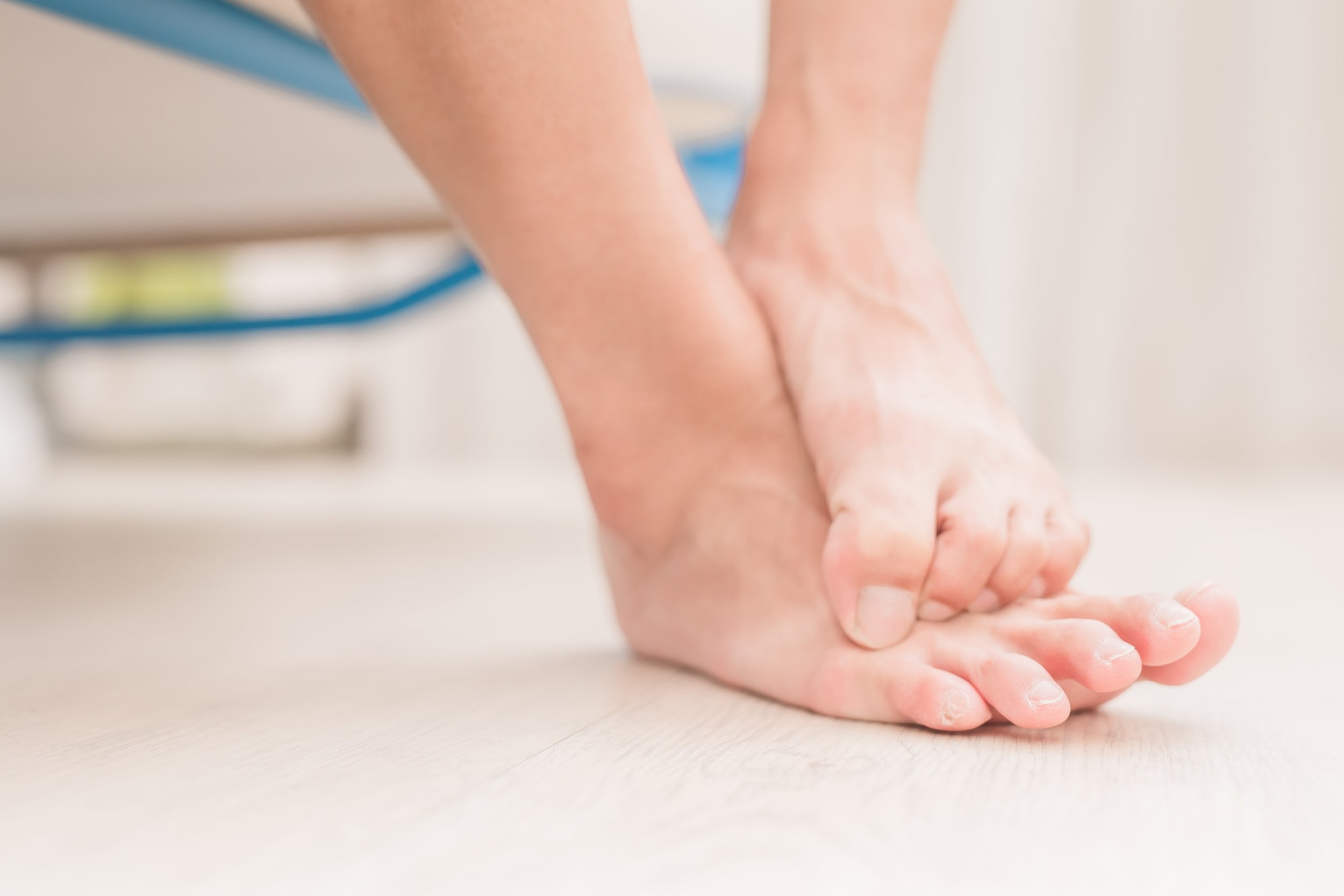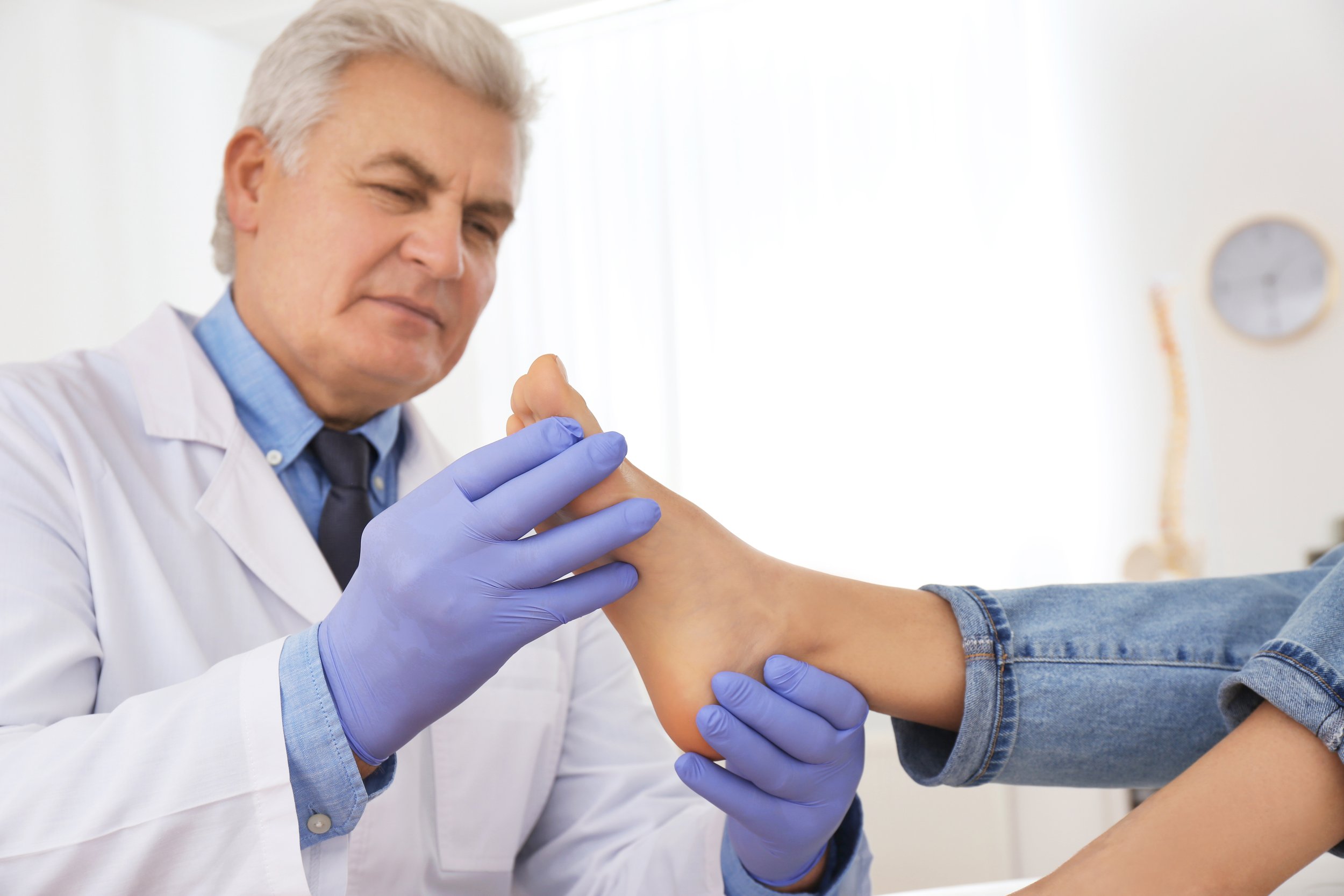
CARTIVA® Cartilage Implant for Big Toe Joint Replacement
CARTIVA® procedure from expert podiatrists in Woodbury Heights, Haddon Heights, Voorhees, & Pine Hill, NJ
Struggling with big toe arthritis? Try CARTIVA® cartilage implants — the most advanced treatment for osteoarthritis.
It is a synthetic cartilage implant used primarily for great toe (big toe) arthritis. The Food and Drug Administration (FDA) has approved this gel-like implant that mimics the quality and density of bone.
Unlike metal implants, these implants do not become damaged or absorbed into the bone over time. It is a primarily water-based material known as polyvinyl alcohol. It has been used in medical devices for over 20 years.
When placed inside the great toe joint, it replaces the previous cartilage that had worn away. For patients with osteoarthritis of the great toe, symptoms of pain, discomfort, and decreased movement should subside.
CARTIVA® joint replacement is relatively easy to perform. After creating a small hole in the joint, the implant is pressed to fit inside the hole. Once inside, it should replicate cartilage, leading to a substantial recovery. This foot surgery is, therefore, a revolutionary procedure for such patients.
What is great toe arthritis?
Great toe osteoarthritis (also known as hallux rigidus) is a common form of arthritis associated with the "wear and tear" of the cartilage. Inside the joint, cartilage covers the bone ends, protecting the underlying tissue and ensuring the joint ends rub smoothly against one another.
When the cartilage wears down, bone rubs on bone, leading to pain, swelling, and a limited range of motion, which can be alleviated with a CARTIVA® implant.
You may notice the following symptoms from hallux rigidus:
Tenderness and joint pain
An ache in the toes or arch of the foot when walking
Burning sensation indicating a neuropathy
Joint stiffness after immobility or inactivity
Joint swelling
Difficulty walking
Your doctor will likely diagnose your condition with an X-ray to look for bone spurs and assess the level of damage. In most cases, great toe osteoarthritis is treated conservatively — over-the-counter (OTC) pain relief, corticosteroid injections, physical therapy, and orthotics.
For severe disease, foot surgery may be indicated.
What should you expect from CARTIVA® joint replacement?
When performing the foot surgery, the bone spur rubbing on the adjacent joint surface is first removed. Afterward, a hole is drilled into the head of the first metatarsal. Into the hole, the gel is injected, expanding to fill the space and overflow by a few millimeters.
This overflow is what protects the underlying bone and allows the joint surface to glide over each other smoothly.
As the procedure is simple, you should be able to return to normal activity after 5 to 6 weeks. Before that, it is advised to wear broad shoes and only perform the recommended home exercises advised by the physical therapist.
What are the benefits and risks of CARTIVA® toe implant?
Unlike other joint replacement materials, this toe implant mimics the strength of natural bone and cartilage. No absorption should occur, and minimal damage to the bone anatomy.
Even better, it can be combined with bone spur removal — to provide the full gamut of great toe arthritis treatments. Moreover, the procedure requires minimal downtime with little damage to the underlying bone.
That's not to say there are no risks. Some patients have reported CARTIVA® implant failures due to the gel-like substance sinking into the hole in the bone. Nevertheless, the procedure is widely used, and the initial FDA studies indicate a substantial improvement in symptoms in almost all patients.
If the implant wears out at some point, the implant can be replaced. Moreover, the anatomy is kept intact, and keeping the door to other potentially beneficial surgeries like joint fusion is necessary.
Visit Prime Foot & Ankle Specialists today for expert care and treatment of your foot and ankle issues. Don't wait — schedule your appointment now with us!





